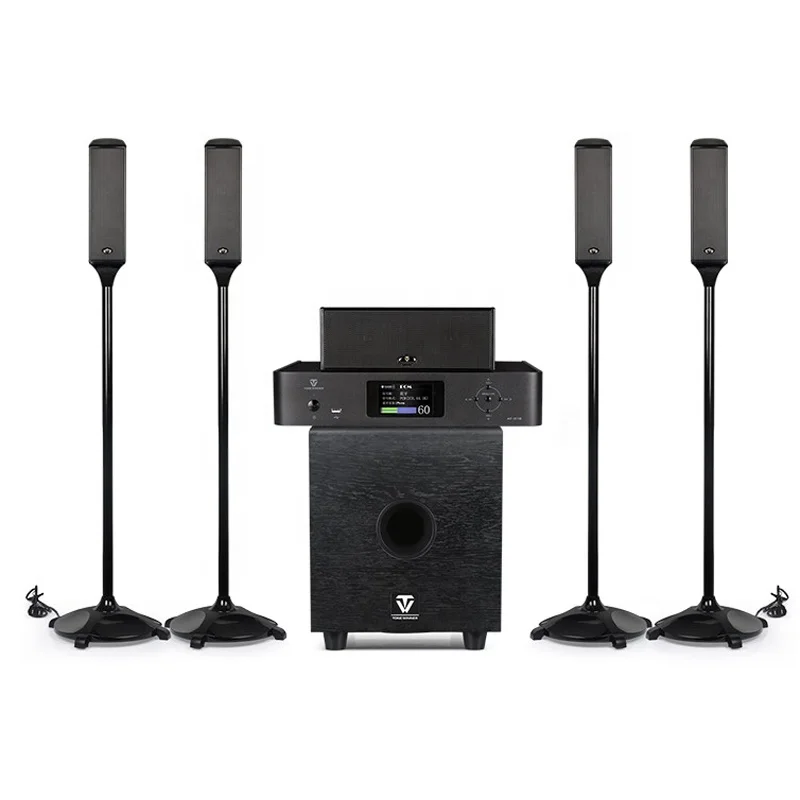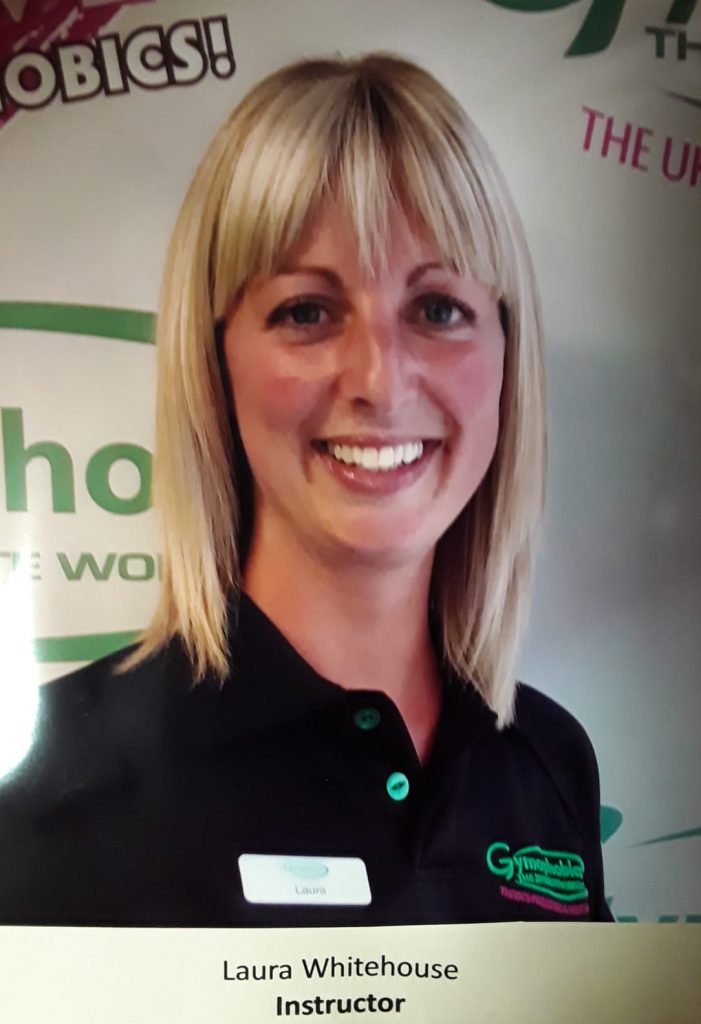Table of Content
During this time, there also was increased dissonance between him and Maria, and in 1911 Hesse left for a long trip to Sri Lanka and Indonesia. Following Hesse's return, the family moved to Bern , but the change of environment could not solve the marriage problems, as he himself confessed in his novel Rosshalde from 1914. During this time, he was introduced to the home of Fräulein von Reutern, a friend of his family's. His relationships with his contemporaries were "problematic", in that most of them were now at university. On 17 October 1895, Hesse began working in the bookshop in Tübingen, which had a specialized collection in theology, philology, and law. After the end of each twelve-hour workday, Hesse pursued his own work, and he spent his long, idle Sundays with books rather than friends.
It aims to bring out authentic translations of Siddhartha in all Indian languages and has already prepared the Sanskrit,Malayalam and Hindi translations of Siddhartha. One enduring monument to Hesse's lasting popularity in the United States is the Magic Theatre in San Francisco. Referring to "The Magic Theatre for Madmen Only" in Steppenwolf , the Magic Theatre was founded in 1967 to perform works by new playwrights. Founded by John Lion, the Magic Theatre has fulfilled that mission for many years, including the world premieres of many plays by Sam Shepard.
Product Details
The pupils lived and studied at the abbey, one of Germany's most beautiful and well-preserved, attending 41 hours of classes a week. In March 1892, Hesse showed his rebellious character, and, in one instance, he fled from the Seminary and was found in a field a day later. Hesse began a journey through various institutions and schools and experienced intense conflicts with his parents. In May, after an attempt at suicide, he spent time at an institution in Bad Boll under the care of theologian and minister Christoph Friedrich Blumhardt. Later, he was placed in a mental institution in Stetten im Remstal, and then a boys' institution in Basel.

The couple settled down in Gaienhofen on Lake Constance, and began a family, eventually having three sons. In Gaienhofen, he wrote his second novel, Beneath the Wheel, which was published in 1906. His story "The Wolf", written in 1906–07, was "quite possibly" a foreshadowing of Steppenwolf. An authorised translation of Siddhartha was published in the Malayalam language in 1990, the language that surrounded Hesse's grandfather, Hermann Gundert, for most of his life.
Childhood
From late 1899, Hesse worked in a distinguished antique book shop in Basel. Through family contacts, he stayed with the intellectual families of Basel. In this environment with rich stimuli for his pursuits, he further developed spiritually and artistically.

Hermann Karl Hesse was born on 2 July 1877 in the Black Forest town of Calw in Württemberg, German Empire. His grandparents served in India at a mission under the auspices of the Basel Mission, a Protestant Christian missionary society. His grandfather Hermann Gundert compiled a Malayalam grammar and a Malayalam-English dictionary, and also contributed to a translation of the Bible into Malayalam in South India. Hesse's mother, Marie Gundert, was born at such a mission in South India in 1842. In describing her own childhood, she said, "A happy child I was not..." As was usual among missionaries at the time, she was left behind in Europe at the age of four when her parents returned to India.
Jack Martin JM 1500 5.1 Channel Home Th...
His wife had a severe episode of psychosis, but, even after her recovery, Hesse saw no possible future with her. Their home in Bern was divided, their children were accommodated in boarding houses and by relatives, and Hesse resettled alone in the middle of April in Ticino. He occupied a small farm house near Minusio , living from 25 April to 11 May in Sorengo. On 11 May, he moved to the town Montagnola and rented four small rooms in a castle-like building, the Casa Camuzzi. Here, he explored his writing projects further; he began to paint, an activity reflected in his next major story, "Klingsor's Last Summer", published in 1920.

His mother wrote poetry, and his father was known for his use of language in both his sermons and the writing of religious tracts. His first role model for becoming an artist was his half-brother, Theo, who rebelled against the family by entering a music conservatory in 1885. Hesse showed a precocious ability to rhyme, and by 1889–90 had decided that he wanted to be a writer. In his time, Hesse was a popular and influential author in the German-speaking world; worldwide fame only came later. Hesse's first great novel, Peter Camenzind, was received enthusiastically by young Germans desiring a different and more "natural" way of life in this time of great economic and technological progress in the country . Demian had a strong and enduring influence on the generation returning home from the First World War.
Influence
Following a letter to Kapff in 1895 entitled Nirvana, Hesse had ceased alluding to Buddhist references in his work. In 1904, however, Arthur Schopenhauer and his philosophical ideas started receiving attention again, and Hesse discovered theosophy. Although it was many years before the publication of Hesse's Siddhartha , this masterpiece was to be derived from these new influences.
In 1933, Bertolt Brecht and Thomas Mann made their travels into exile, each aided by Hesse. In this way, Hesse attempted to work against Hitler's suppression of art and literature that protested Nazi ideology. Hesse's third wife was Jewish, and he had publicly expressed his opposition to anti-Semitism long before then. In the late 1930s, German journals stopped publishing Hesse's work, and the Nazis eventually banned it. By the time Hesse returned to civilian life in 1919, his marriage had fallen apart.
This new beginning in different surroundings brought him happiness, and Hesse later called his first year in Ticino "the fullest, most prolific, most industrious and most passionate time of my life". In 1922, Hesse's novella Siddhartha appeared, which showed the love for Indian culture and Buddhist philosophy that had already developed earlier in his life. In 1924, Hesse married the singer Ruth Wenger, the daughter of the Swiss writer Lisa Wenger and aunt of Méret Oppenheim. In the 1950s, Hesse's popularity began to wane, while literature critics and intellectuals turned their attention to other subjects.
In 1955, the sales of Hesse's books by his publisher Suhrkamp reached an all-time low. However, after Hesse's death in 1962, posthumously published writings, including letters and previously unknown pieces of prose, contributed to a new level of understanding and appreciation of his works. Having realised he could make a living as a writer, Hesse finally married Maria Bernoulli (of the famous family of mathematicians) in 1904, while her father, who disapproved of their relationship, was away for the weekend.
His family background became, he noted, "the basis of an isolation and a resistance to any sort of nationalism that so defined my life". In 1931, Hesse left the Casa Camuzzi and moved with Ninon to a larger house, also near Montagnola, which was built for him to use for the rest of his life, by his friend and patron Hans C. Bodmer. In the same year, Hesse formally married Ninon, and began planning what would become his last major work, The Glass Bead Game (a.k.a. Magister Ludi).


































